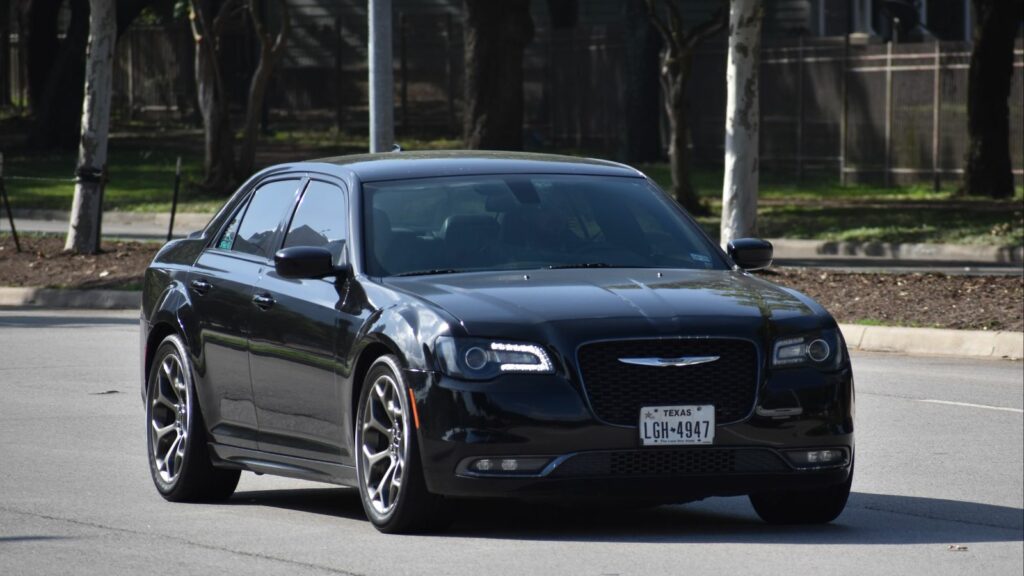When buying a car, most people are concerned with flashy features, plush interiors, and power. But an unseen cost catches up with you the second you drive off the dealership lot: Depreciation. Regardless of whether it’s because of a negative brand image, exorbitant maintenance fees, or low demand, you want to make sure you don’t end up with a car that becomes worthless. These are 23 vehicles that have the worst resale value in Canada:
Chrysler 300
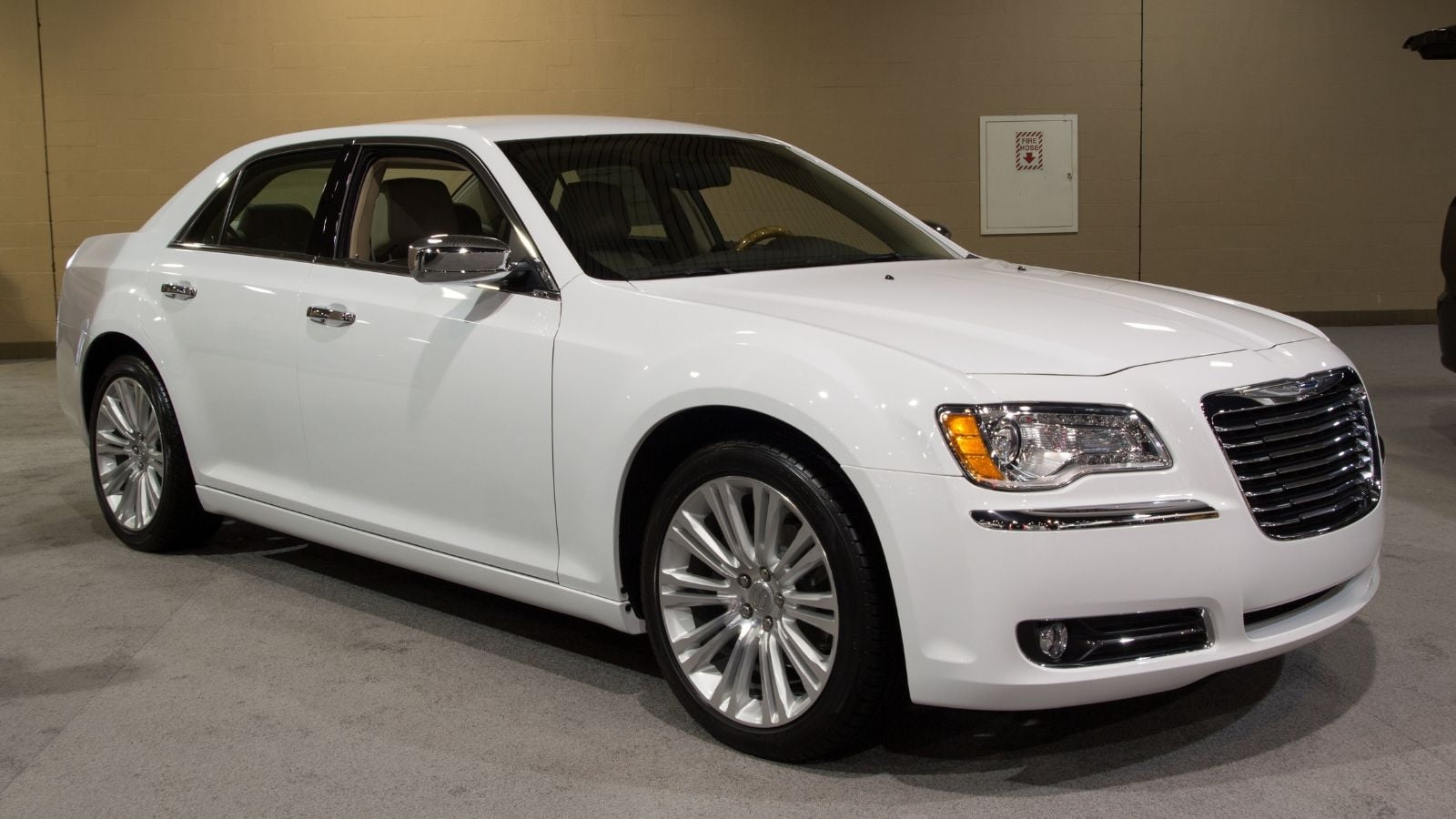
Introduced in 2005, the Chrysler 300 merged aggressive styling with traditional muscle car looks. Behind the engine, you have a 3.6L V6 or a 5.7L HEMI V8, which is big and a gas-guzzler. The 300 boasts leather-wrapped seats, an 8.4-inch Uconnect information system, and heated front seats. It accelerates from 0 to 60 mph in approximately 6.3 seconds with the V8. Still, its steep depreciation of approximately 50% over five years, caused by its outdated design and the uncertain future of Chrysler in the sedan segment, make it a bad long-term bet.
Nissan Leaf
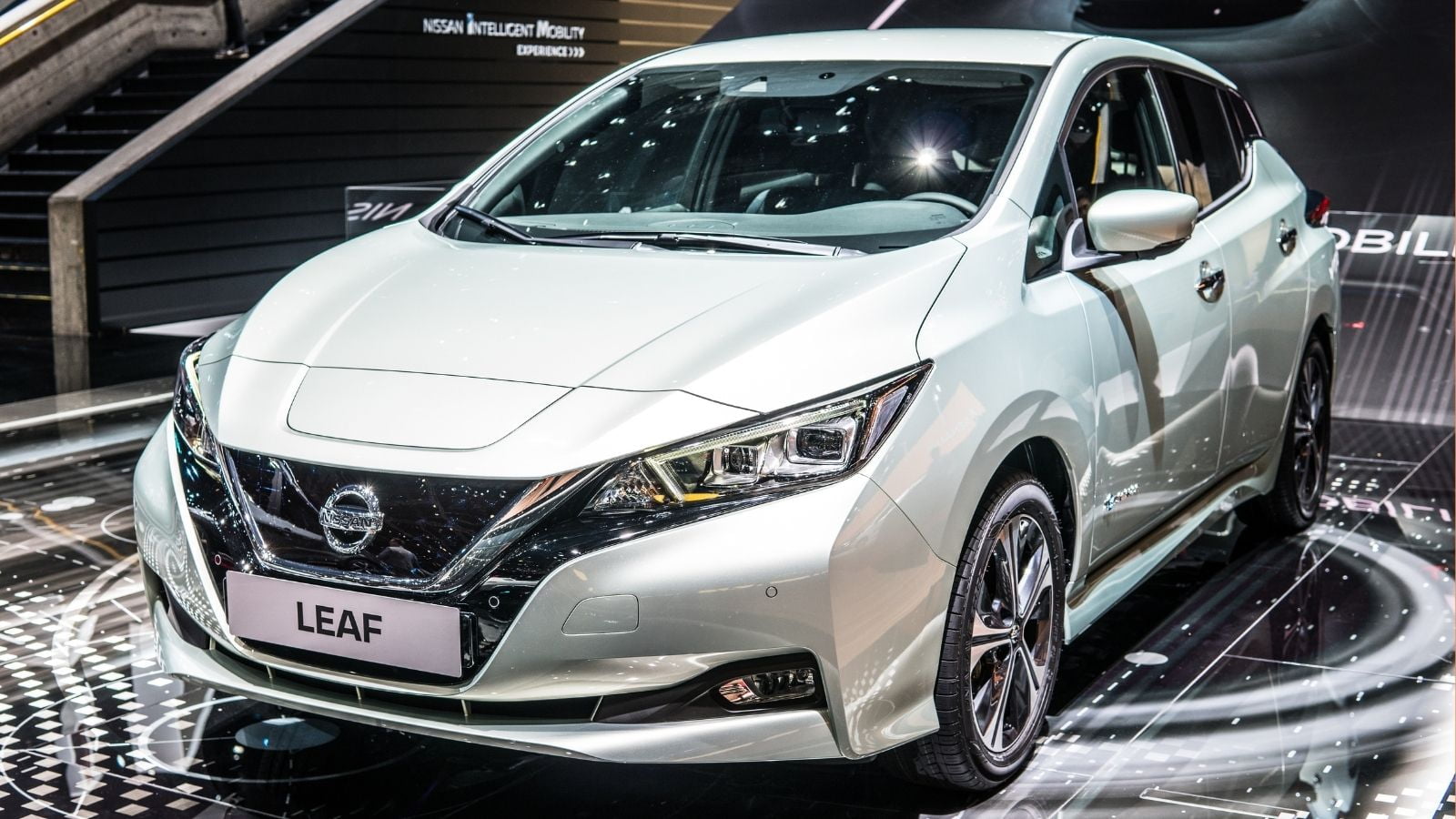
The Nissan Leaf rolled out in 2010 and led electric vehicles (EVs). It’s powered by a 40 kWh or 62 kWh battery, with a range of up to 363 km. The interior, though futuristic, is on the plain side with cloth seats, a 7-inch touchscreen, and spare-no-expense minimalism. It has a 7.4-second 0-60 mph time. However, technological improvements in EVs have made the Leaf’s price plummet like a stone by more than 60% in five years. Its ancient battery technology and lower charging speeds make it less attractive in a rapidly changing EV market.
Chevrolet Malibu
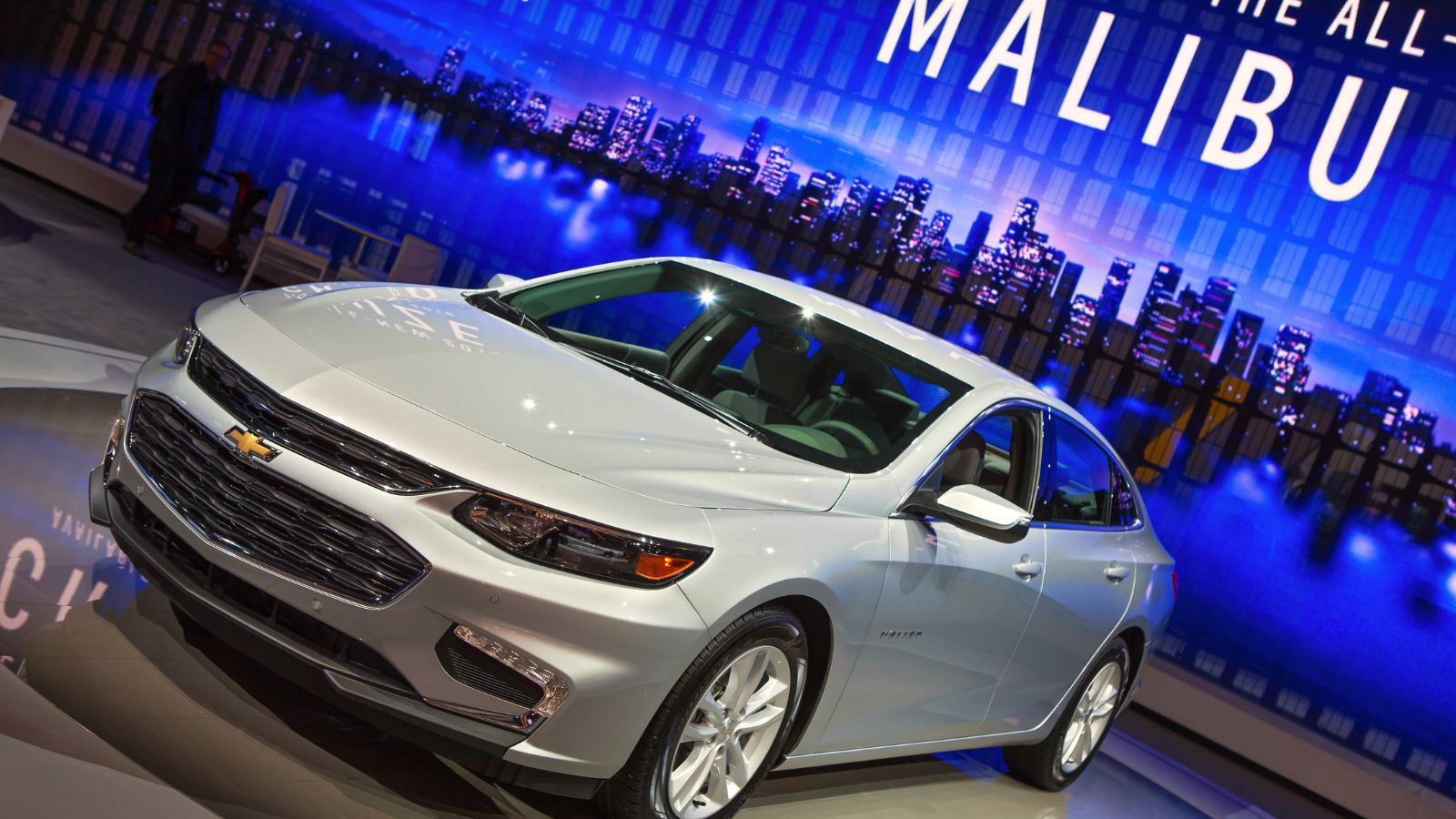
The Chevrolet Malibu came out in 1997. It features a 1.5L turbocharged four-cylinder engine more concerned with fuel economy than power. The interior features 8-inch touchscreen controls, optional leather seats, and plenty of legroom, but it pales compared to competitors. At 7.8 seconds 0-60 mph, it’s no hot rod. A bad brand image and lack of innovation contributed to a 50% depreciation rate in five years.
BMW 7 Series
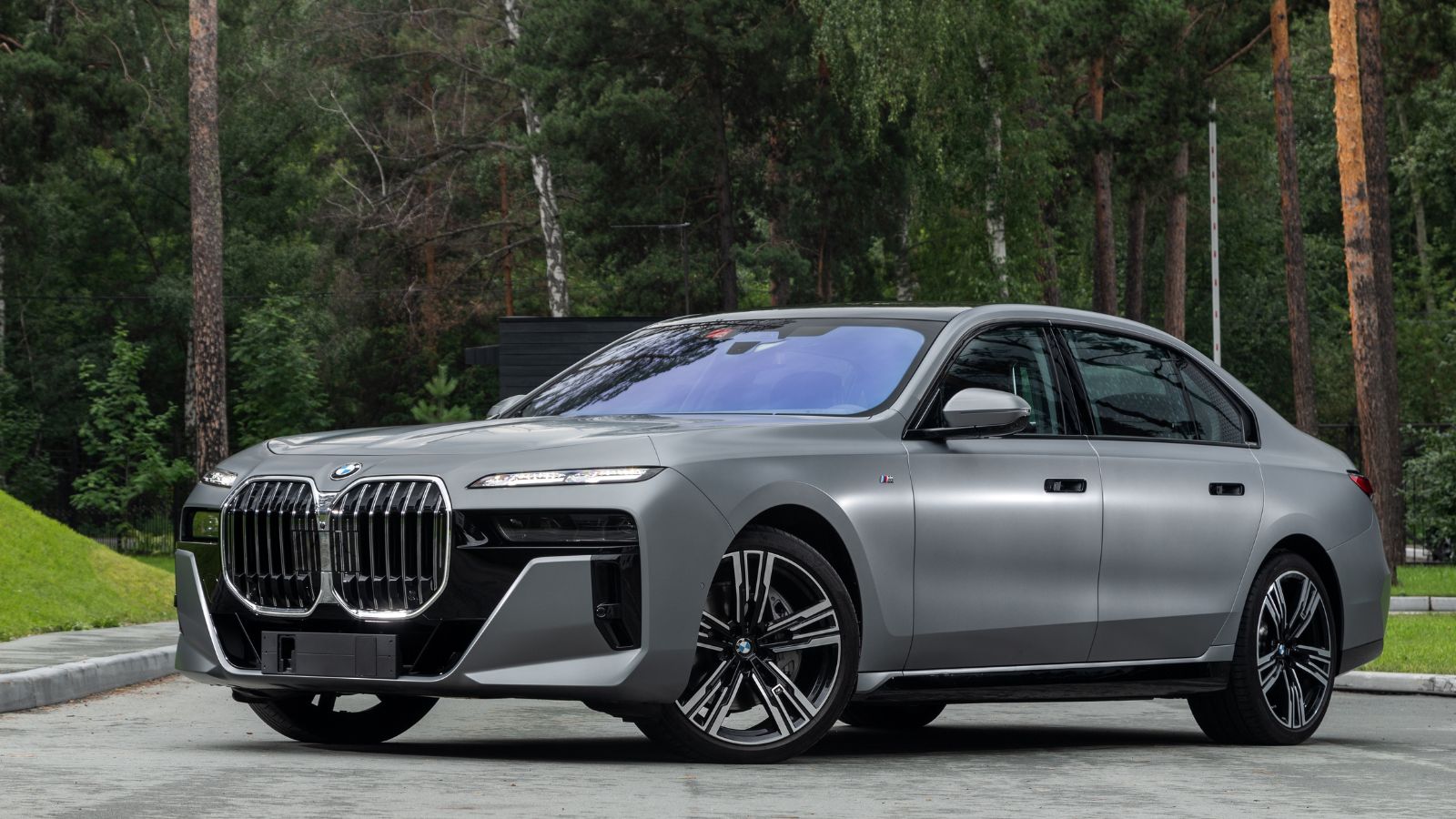
Released in 1977 and restyled in 2022, the BMW 7 Series combines luxury with state-of-the-art tech. It comes with powertrains such as a 3.0L turbo inline-6 and a 4.4L twin-turbo V8, which accelerates from 0-60 mph in 4.1 seconds. The luxurious interior features a 31-inch rear-seat theater screen and crystal controls, but it’s high maintenance fees and quick tech aging make it lose more than 55% of its value in five years. Its complicated systems make it expensive to own, particularly as repairs accumulate over time.
Cadillac CT6
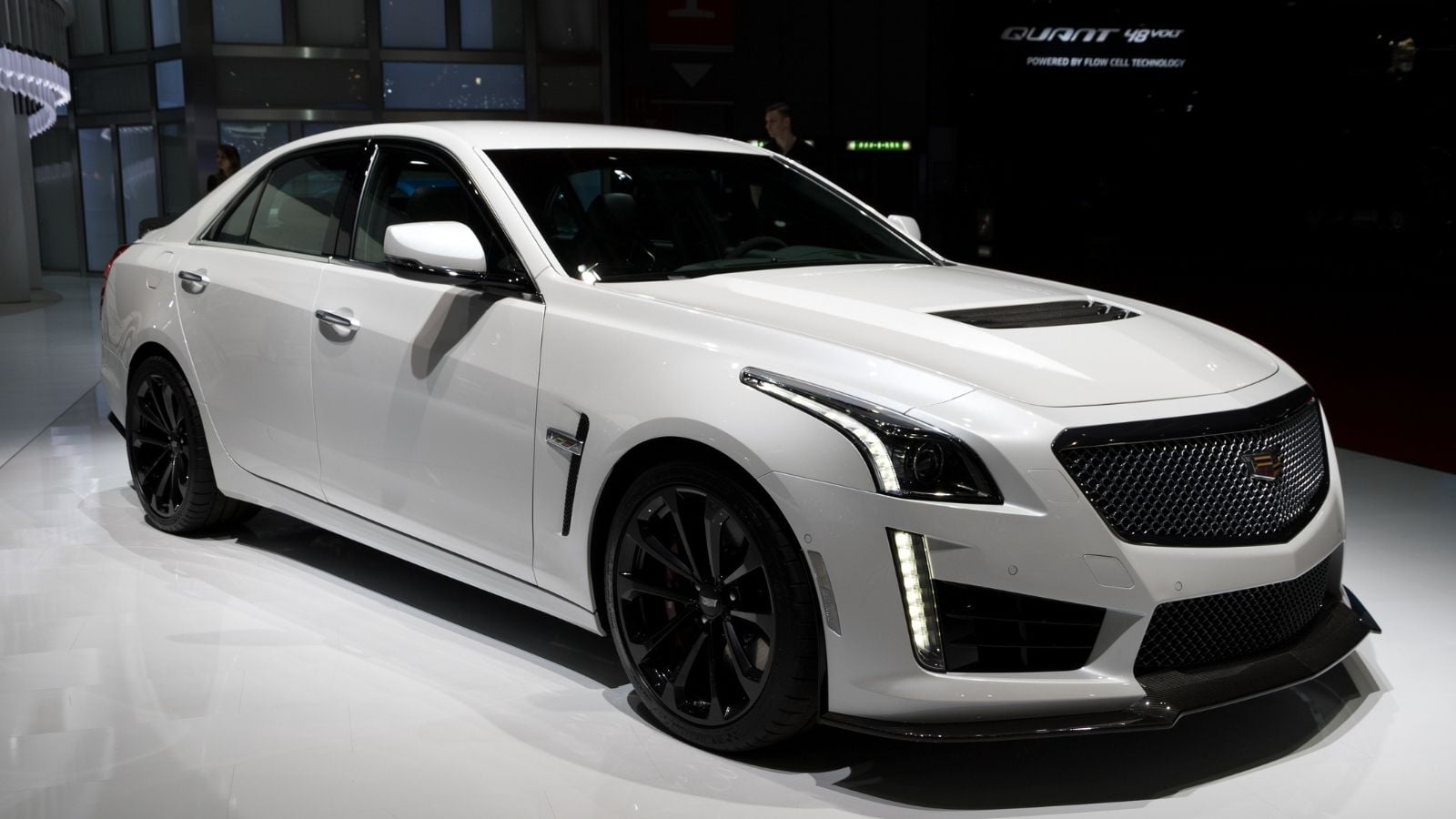
Launched in 2016, the Cadillac CT6 promises luxury with a 3.6L V6 or 4.2L twin-turbo V8. It features massaging leather seats, a 10.2-inch infotainment screen, and a panoramic sunroof, but its 6.2-second 0-60 mph time doesn’t match European rivals. Cadillac’s loss of prestige in Canada accelerates its depreciation at 50% or more over five years, and its withdrawal from the North American market further dilutes its resale value.
Lincoln MKZ
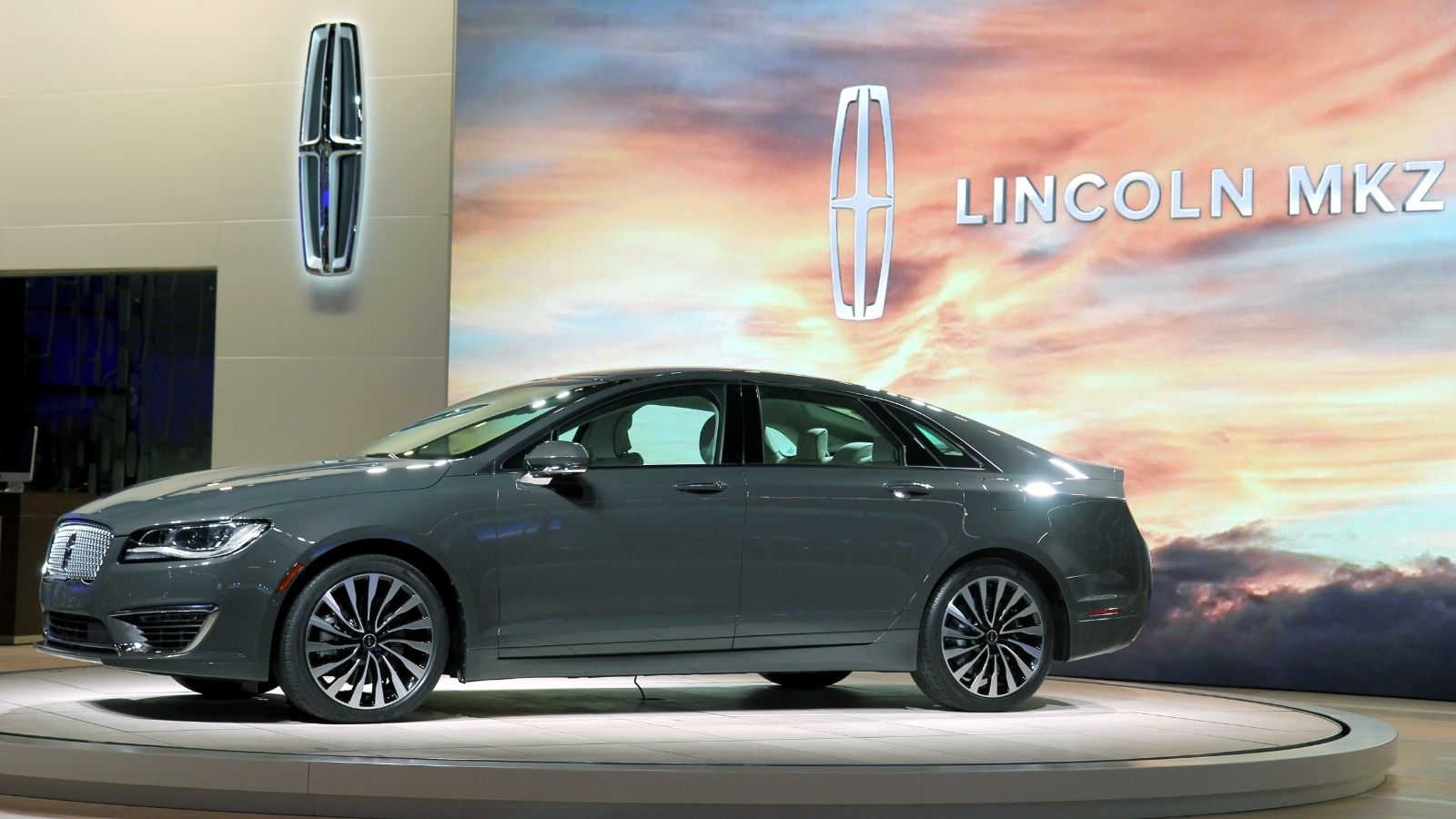
The 2006 Lincoln MKZ was developed to provide cost-conscious luxury. It’s available with a 2.0L turbocharged inline-4 engine and a 3.0L twin-turbo V6, the latter hitting 0-60 mph in 5.2 seconds. The interior includes leather-trimmed seats, a panoramic sunroof, and an 8-inch SYNC 3 infotainment system, but its 2020 discontinuation quickens depreciation at more than 56% in five years. Limited brand cachet in the luxury segment further damages resale value.
Infiniti Q50
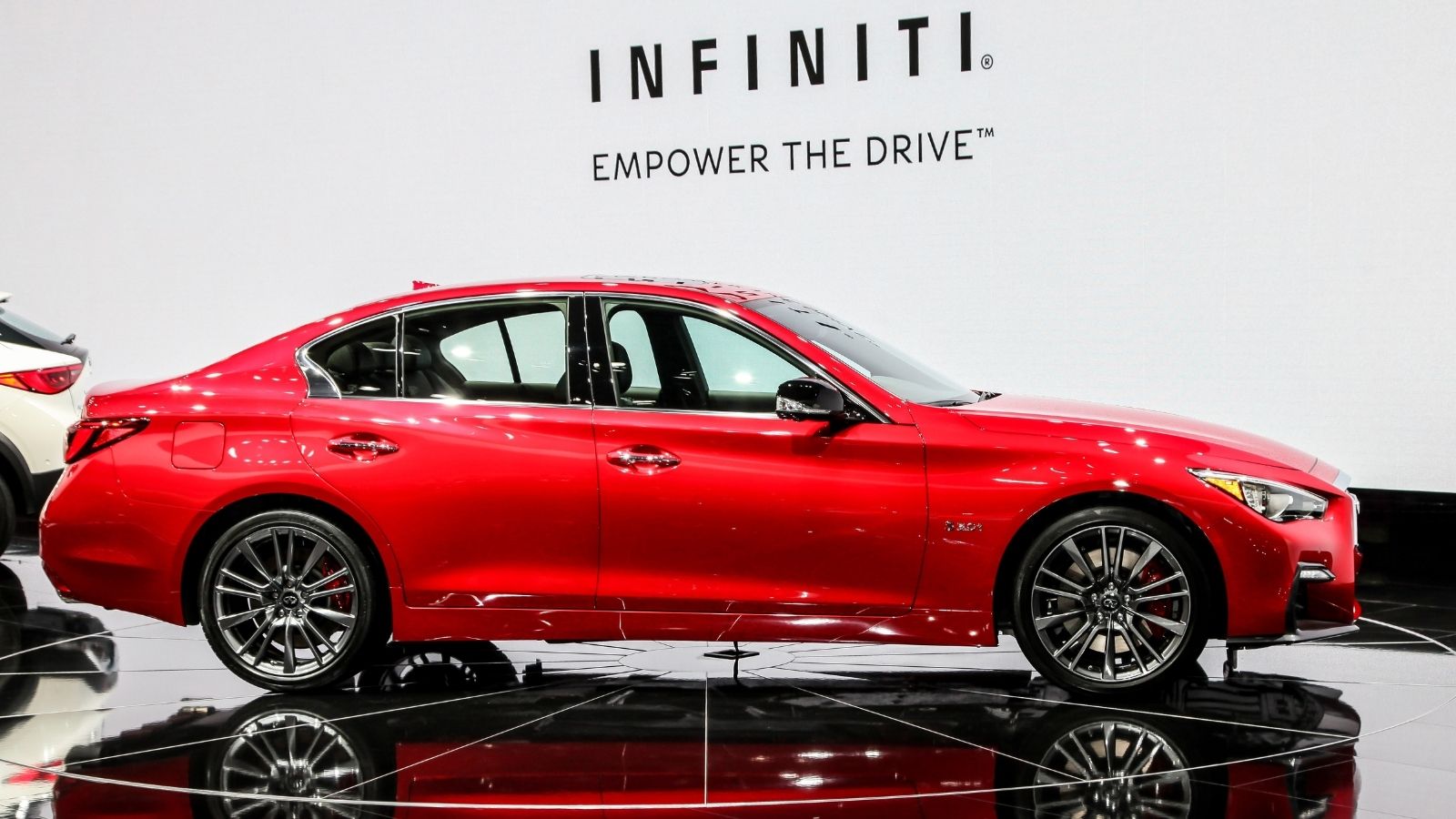
Introduced in 2013, the Infiniti Q50 features a 2.0L turbo inline-4 or a 3.0L twin-turbo V6, with a 0-60 mph time of 5.0 seconds with the V6. Its interior features leather-appointed seats, dual touchscreen displays, and a 16-speaker Bose audio system. Though its luxury appeal, Infiniti has suffered in the face of steep depreciation, dropping close to 50% of its worth in five years.
Fiat 500L

Released in 2012 (2014 in Canada), the Fiat 500L is a bigger, family-oriented version of the original Fiat 500. It comes with a 1.4L turbocharged inline-4 engine with 160 horsepower and accelerates to 0-60 mph in 8.0 seconds. The interior boasts cloth or leather-trimmed seats, a 7-inch Uconnect system, and dual-zone climate control but is marred by low-rent materials and clunky ergonomics. Poor reliability, sluggish performance, and low demand caused it to lose over 54% of its value within five years.
Kia Cadenza

Debuting in 2010 and redesigned in 2017, the Kia Cadenza is powered by a 3.3L V6 delivering 290 horsepower. Its 0-60 mph time is 6.7 seconds. The interior is equipped with luxury amenities such as quilted Nappa leather seats, a 12.3-inch infotainment system, and a panoramic sunroof. Kia’s reputation as a “budget brand” resulted in the Cadenza losing over 50% of its value in five years, making it difficult to resale.
Mitsubishi Mirage
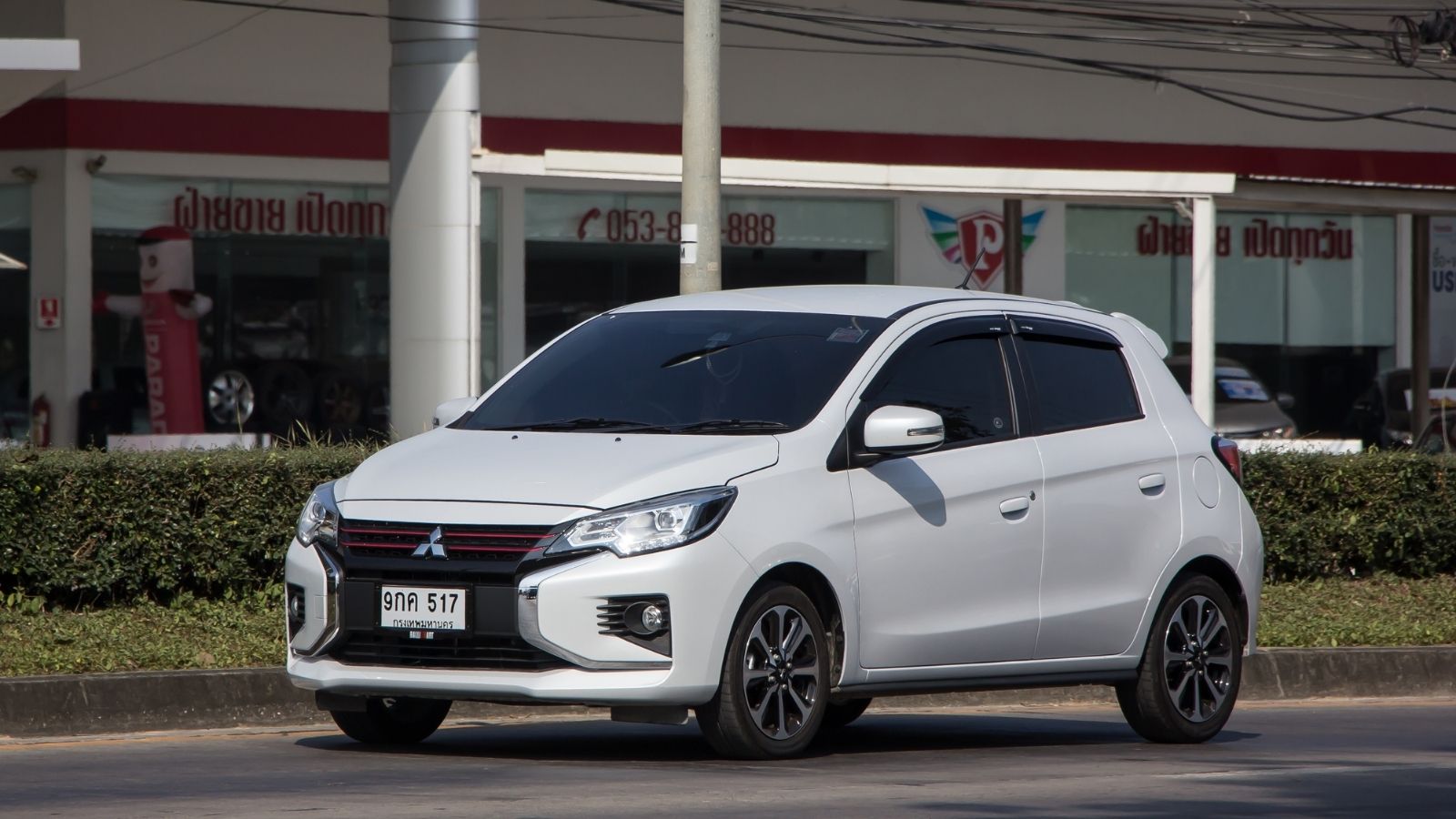
Introduced in 2012, the Mitsubishi Mirage has a 1.2L 3-cylinder engine that makes a paltry 78 horsepower and takes an agonizing 12.8 seconds to go from 0 to 60 mph. The interior is as spartan as possible. Because of its cheapness, lack of performance, and few features, Mirage lost more than 55% of its value in five years. Its lower-cost construction quality and loud ride lower its attractiveness to second-hand automobile customers, making it a bad car for resale.
Buick Enclave
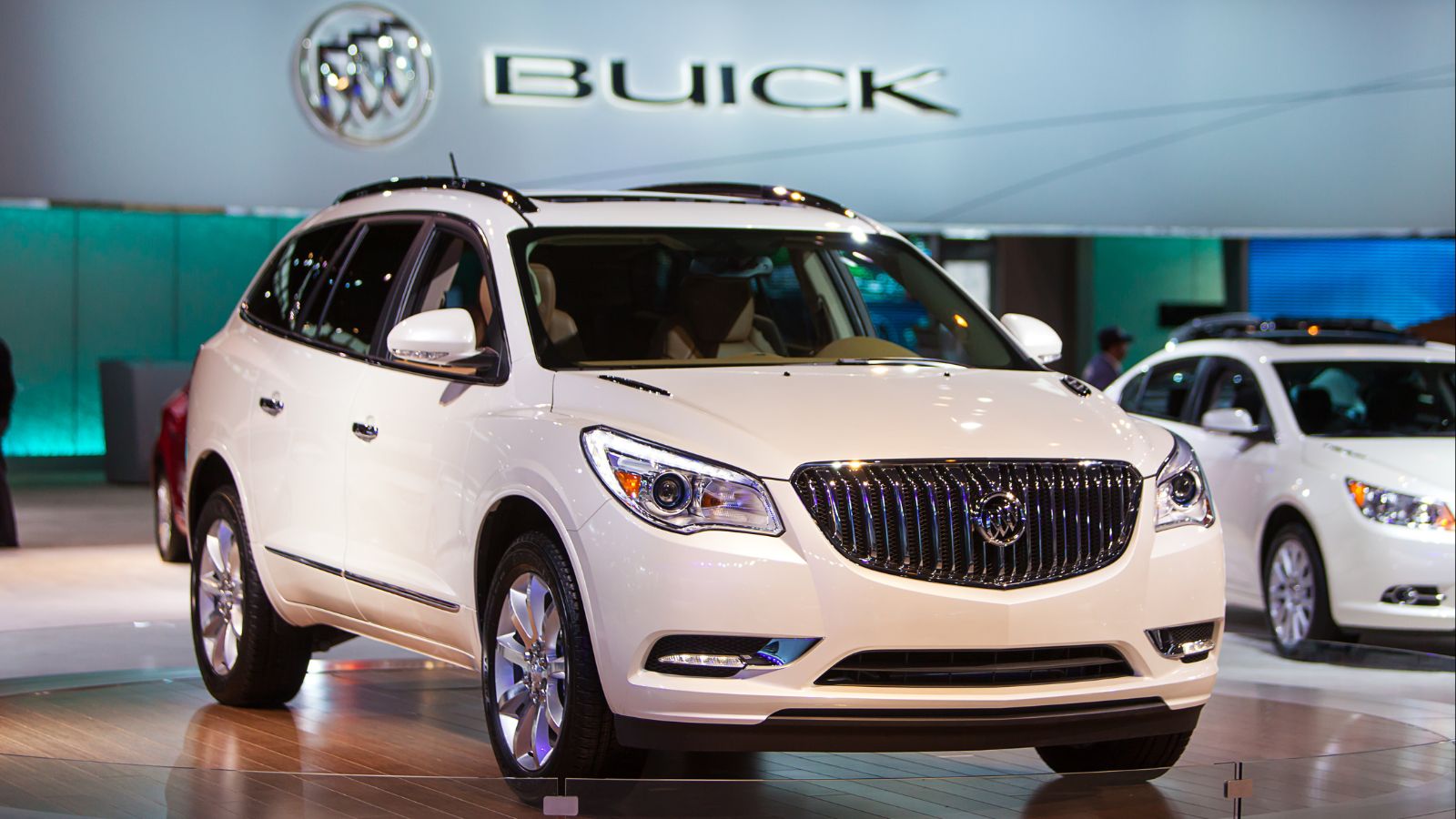
The Buick Enclave debuted in 2007 and was redone in 2018. It has a 3.6L V6 engine, generating 310 horsepower, getting 0-60 mph in 6.5 seconds. The interior has perforated leather seats, a heated steering wheel, and an 8-inch infotainment screen, but brand perception inconsistency has caused the Enclave to depreciate more than 50% over five years. Size and fuel consumption make it less desirable in a market favoring smaller, more efficient SUVs.
Nissan Armada
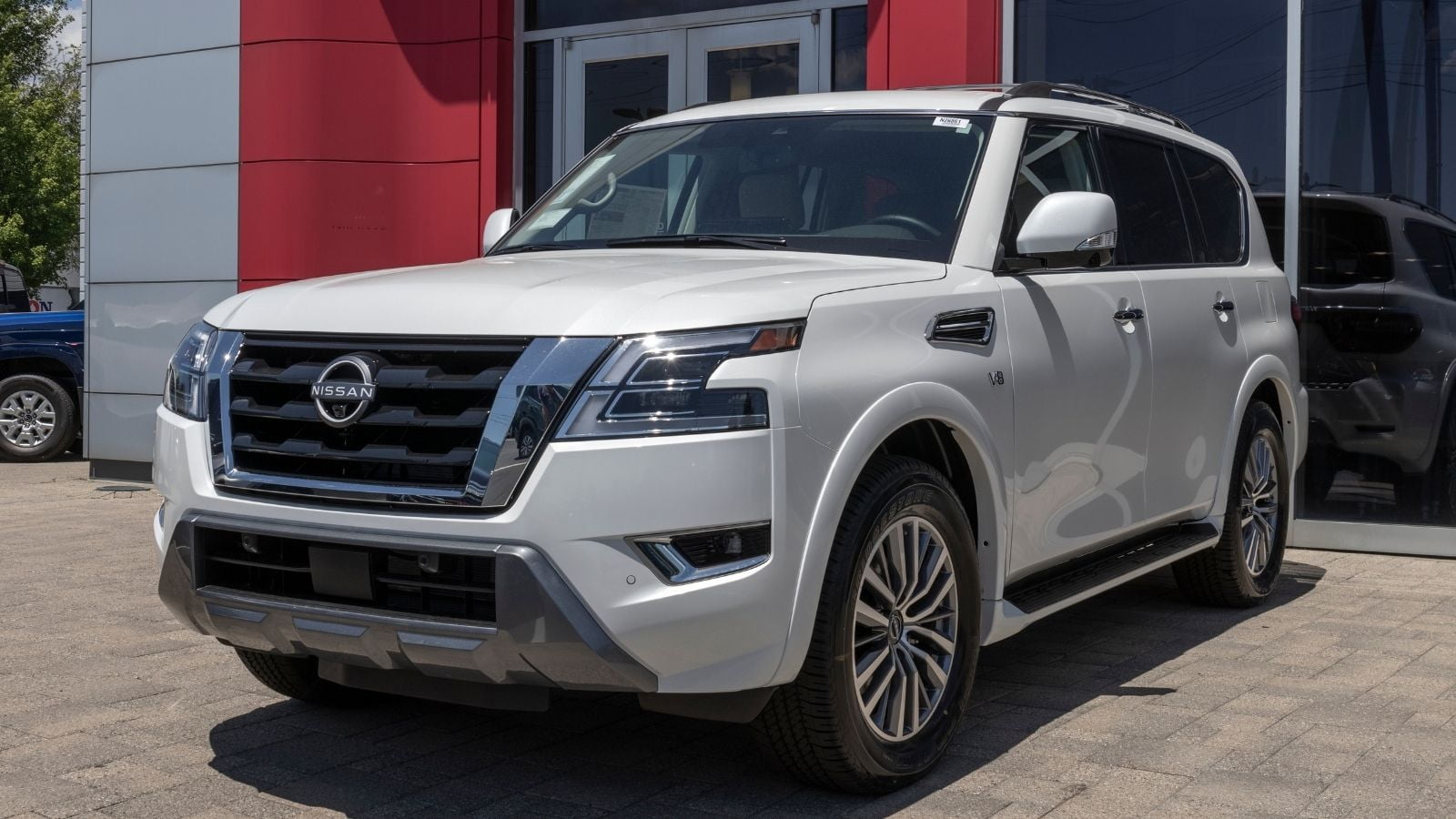
Released in 2004 and redesigned in 2017, the Nissan Armada boasts a 5.6L V8 churning 400 horsepower, achieving 0-60 mph in 5.9 seconds. Inside, you’ll find captain’s chairs, a tri-zone entertainment system, and optional quilted leather, but poor fuel economy and high ownership costs cause it to shed nearly 53% of its value within five years. Its bulky size and outdated technology struggle to keep up with more modern competitors, and its costly repairs and frequent mechanical problems bring down its resale value even further.
Jeep Compass
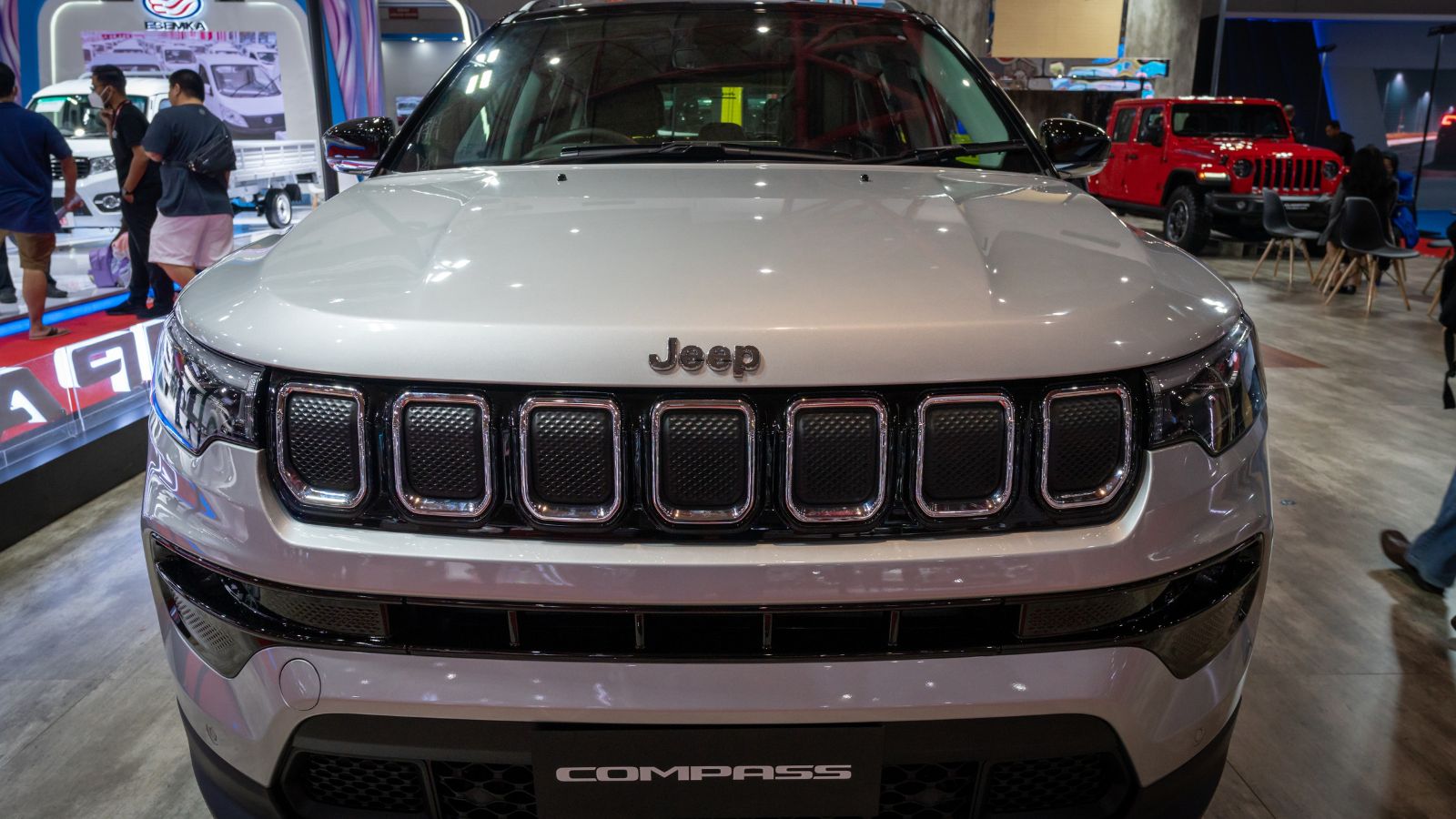
The Jeep Compass was launched in 2007 and received a facelift in 2017 to marry tough appearances with urban convenience. It contains a 2.4L inline-4 engine that produces 180 horses, taking around 9.3 seconds to accelerate from 0 to 60 mph. The interior has leather-trimmed seats, an 8.4-inch touchscreen, and an optional panoramic sunroof. Despite being a Jeep, the Compass suffers from reliability problems and an uninspiring driving experience that makes it lose more than 50% of its value within five years, making it a bad car for reselling.
Volkswagen Passat
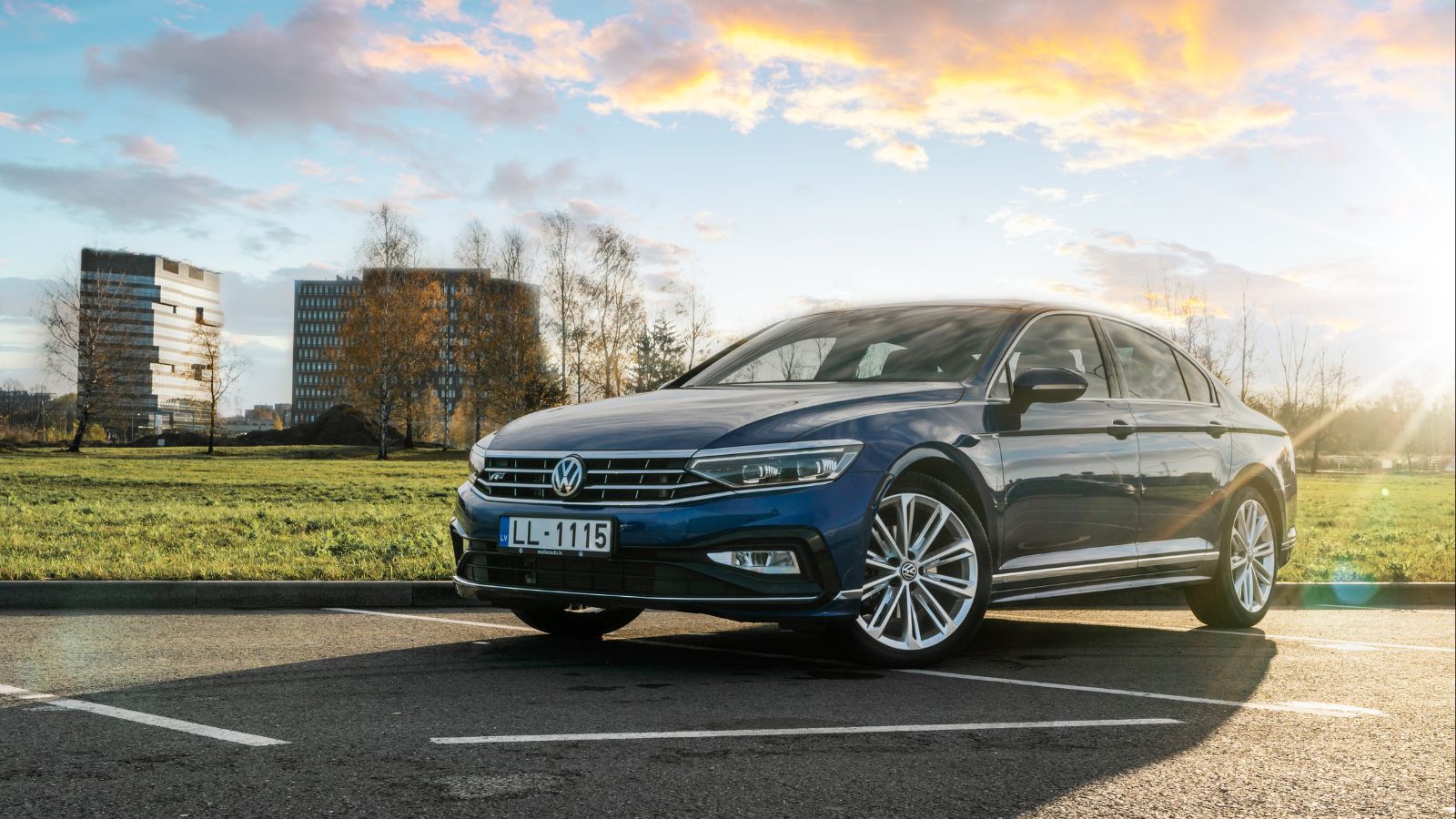
The Volkswagen Passat was introduced in 1973 and restyled in 2020 with a minimalist and elegant look. It has a 2.0L turbocharged inline-4 engine that produces 174 horsepower and accelerates from 0 to 60 mph in approximately 8.3 seconds. It has V-Tex leatherette seating, a 6.3-inch infotainment system, and heated front seats but does not have the tech panache of its rivals. As Volkswagen moved to electric vehicles, the Passat lost its value rapidly and depreciated more than 54% within five years.
Dodge Charger
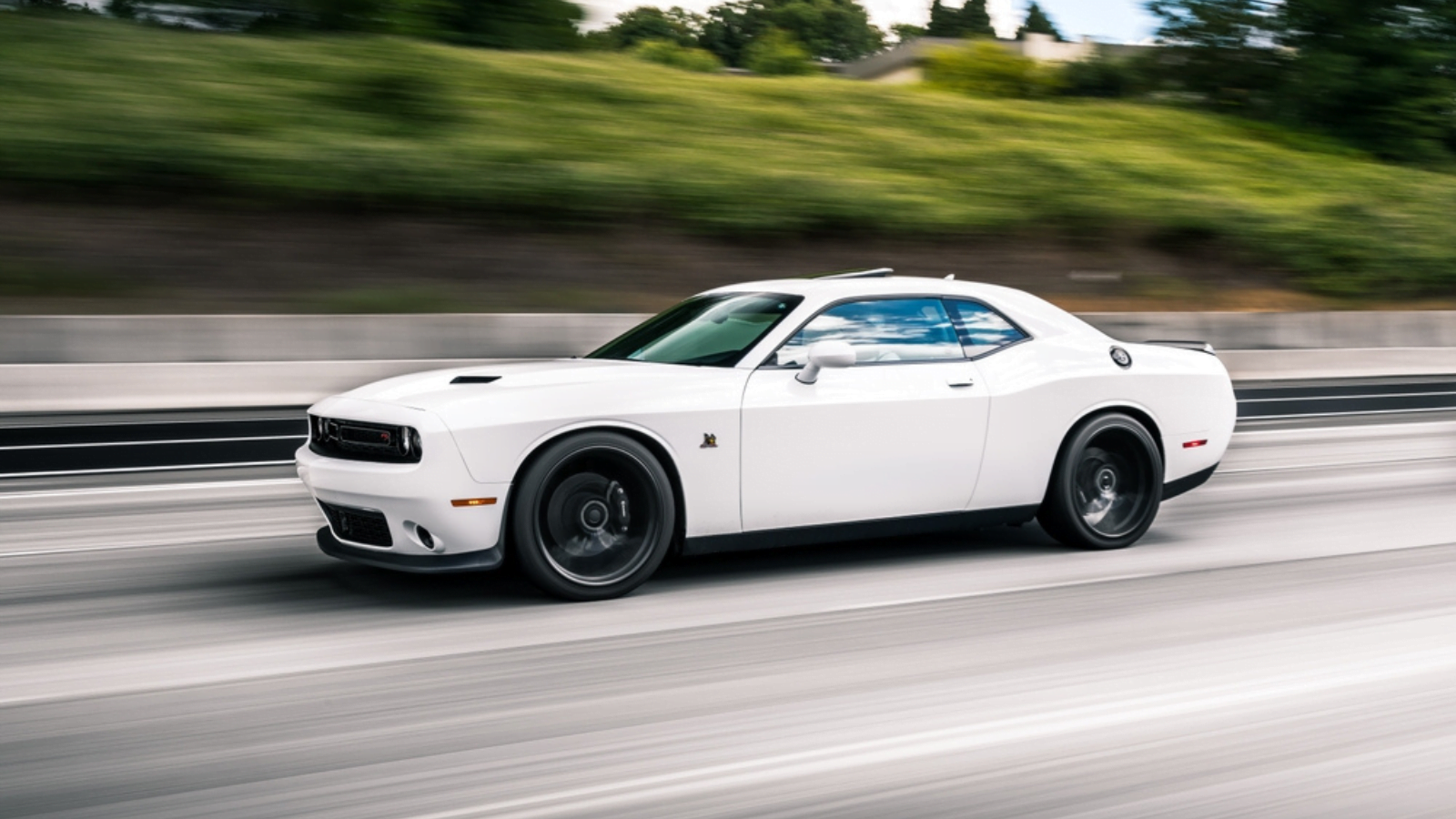
Introduced to the roads in 1966 and redesigned in 2011, the Dodge Charger is equipped with a choice between a 3.6L V6 and a 6.4L HEMI V8. In the more upscale trims, it propels from 0 to 60 mph in an impressive 4.3 seconds. Its high-speed appetite engine and muscle-car identity cause quick depreciation, at more than 52% within five years. Rising gas prices and higher insurance rates further depress its resale value. Its older platform can’t match newer, more sophisticated performance sedans.
Hyundai Sonata

The Hyundai Sonata debuted in 1985 and was redesigned in 2020. It has a 1.6L turbo engine or a 2.5L inline-4, with a 0-60 mph acceleration of approximately 7.3 seconds. The interior has premium soft-touch surfaces, a 12.3-inch digital instrument cluster, and ventilated front seats. Still, the midsize sedan segment is declining, making the Sonata depreciate by around 51% in five years. Heavy competition from Japanese competitors further eroded its long-term value.
Subaru Legacy
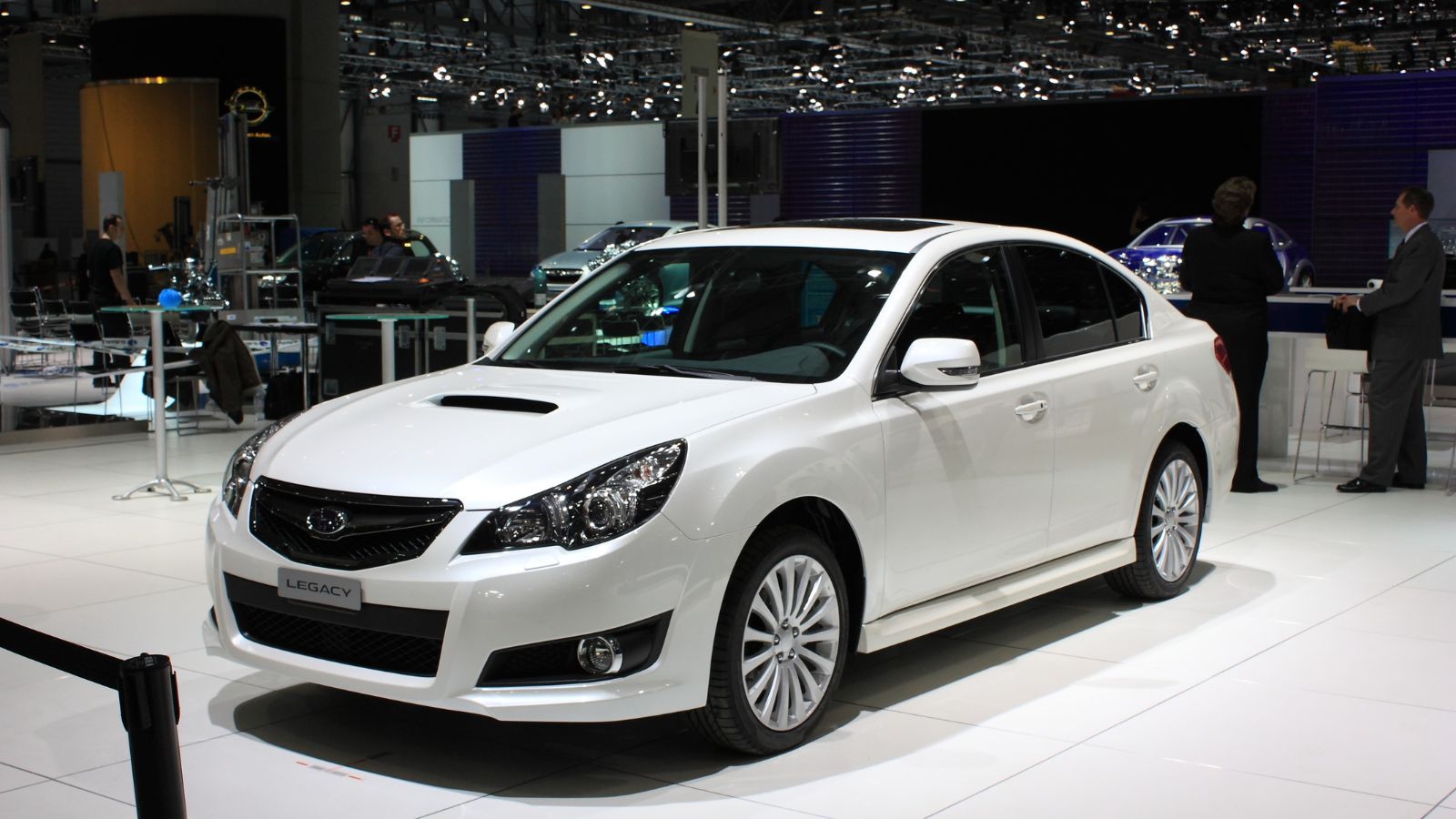
The Subaru Legacy was first introduced in 1989 and then redesigned in 2020. Equipped with a 2.4L turbocharged boxer engine, it reaches 0-60 mph in 6.1 seconds. The cabin is trimmed with Nappa leather seats, an 11.6-inch vertically-mounted touchscreen, and a heated steering wheel, but its wagon-like shape and staid styling make it depreciate by more than 50% in five years. Subaru’s niche appeal renders it less appealing to mainstream customers.
GMC Yukon
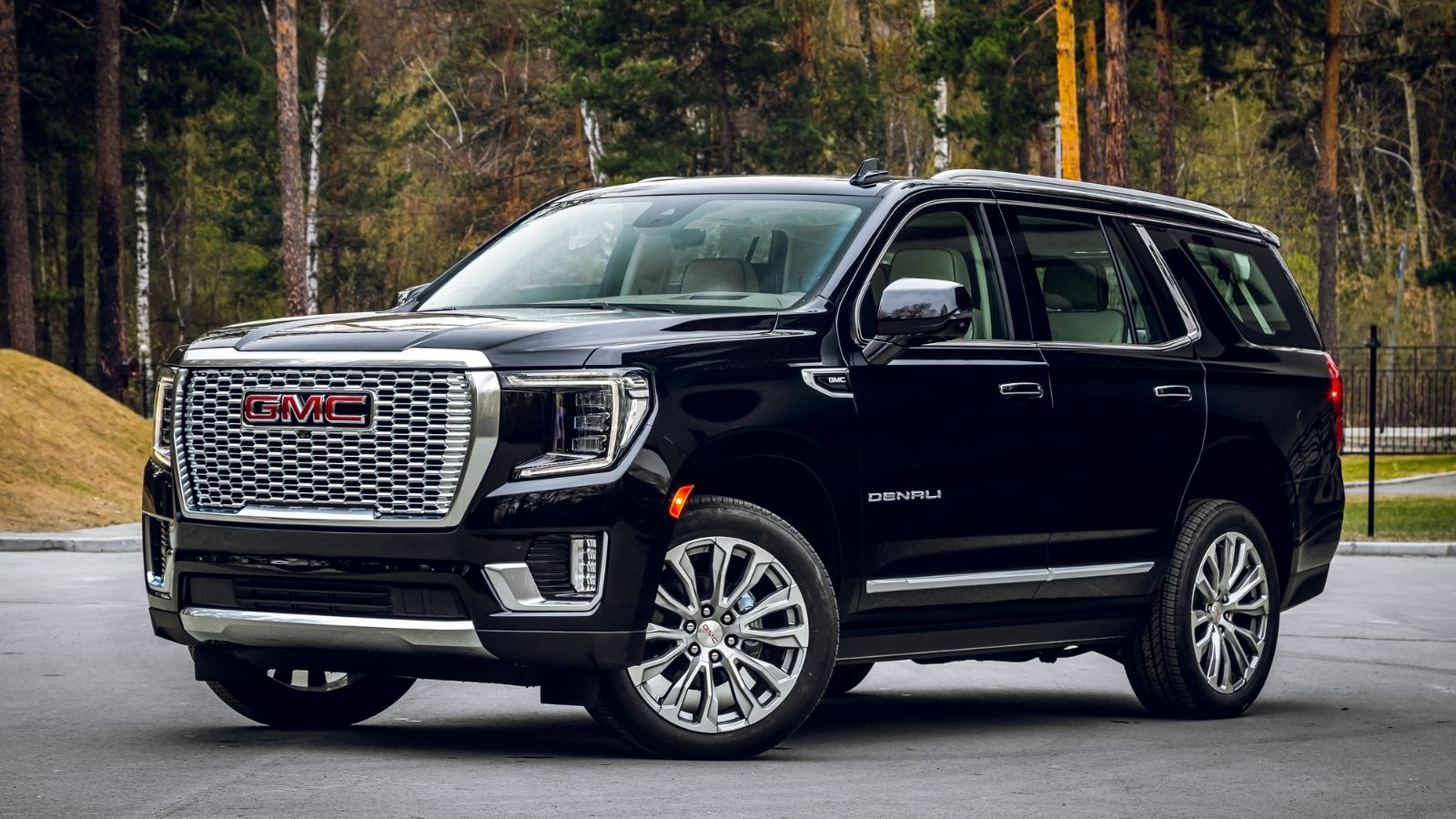
Initially introduced in 1992 and redesigned in 2021, the GMC Yukon has an aggressive, truck-like design. It’s equipped with a 5.3L V8 or 6.2L V8 and accelerates 0 to 60 mph in 6.1 seconds. It has perforated leather seats, a 10.2-inch infotainment system, and a rear-seat media package. Still, its large fuel-guzzling and repair expenses yield more than 54% depreciation after five years.
Acura TLX
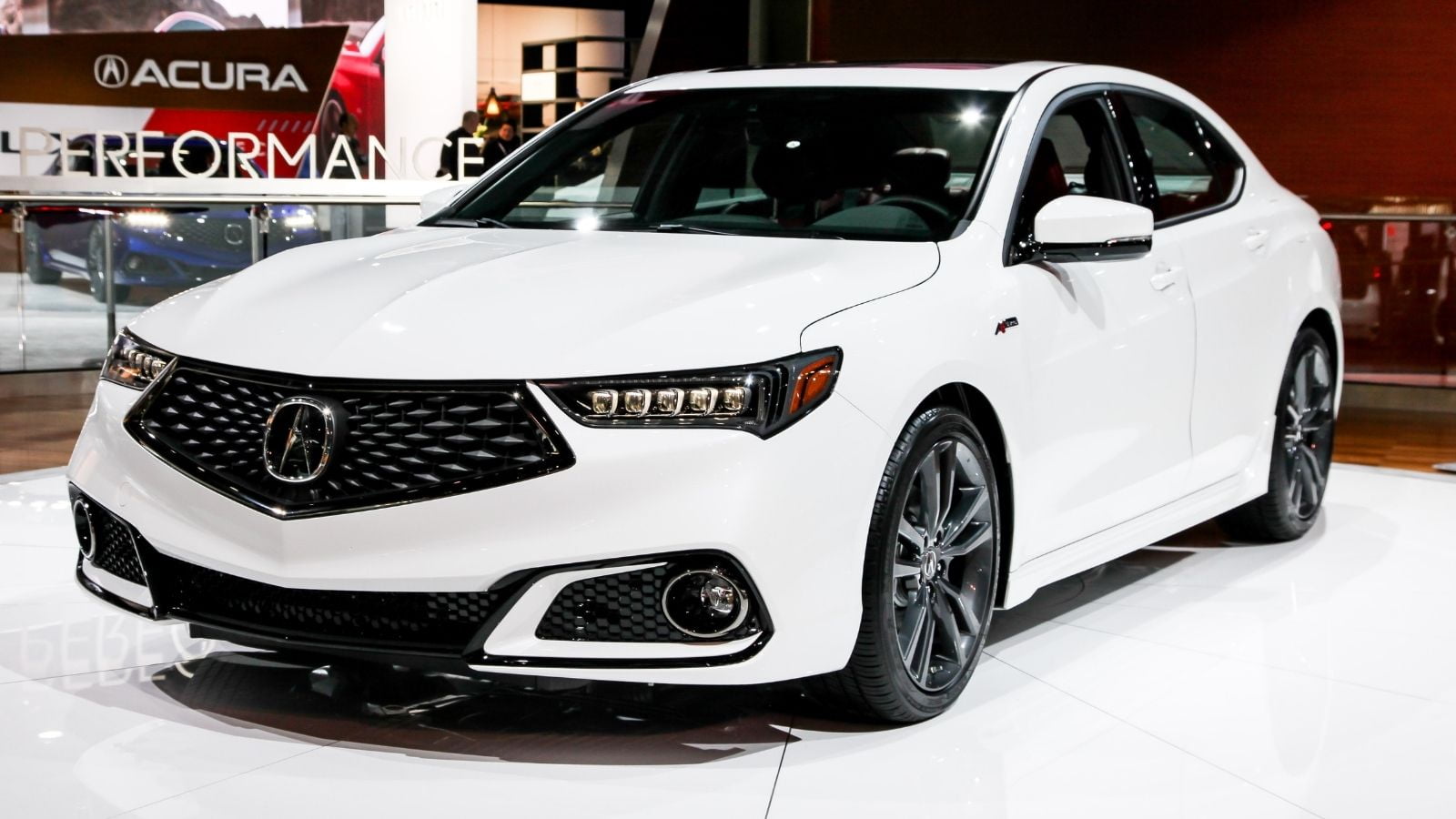
Introduced in 2014 and redesigned in 2021, the Acura TLX is powered by a 2.0L turbo inline-4 or a 3.0L V6. It goes from 0 to 60 mph in 5.1 seconds. The interior has Milano leather seating, a 10.5-inch head-up display, and ambient lighting. However, compared to German rivals, the TLX’s poor brand cachet resulted in more than 53% depreciation in five years. Acura’s ambiguous identity between luxury and sport suppresses resale demand.
Chrysler Pacifica
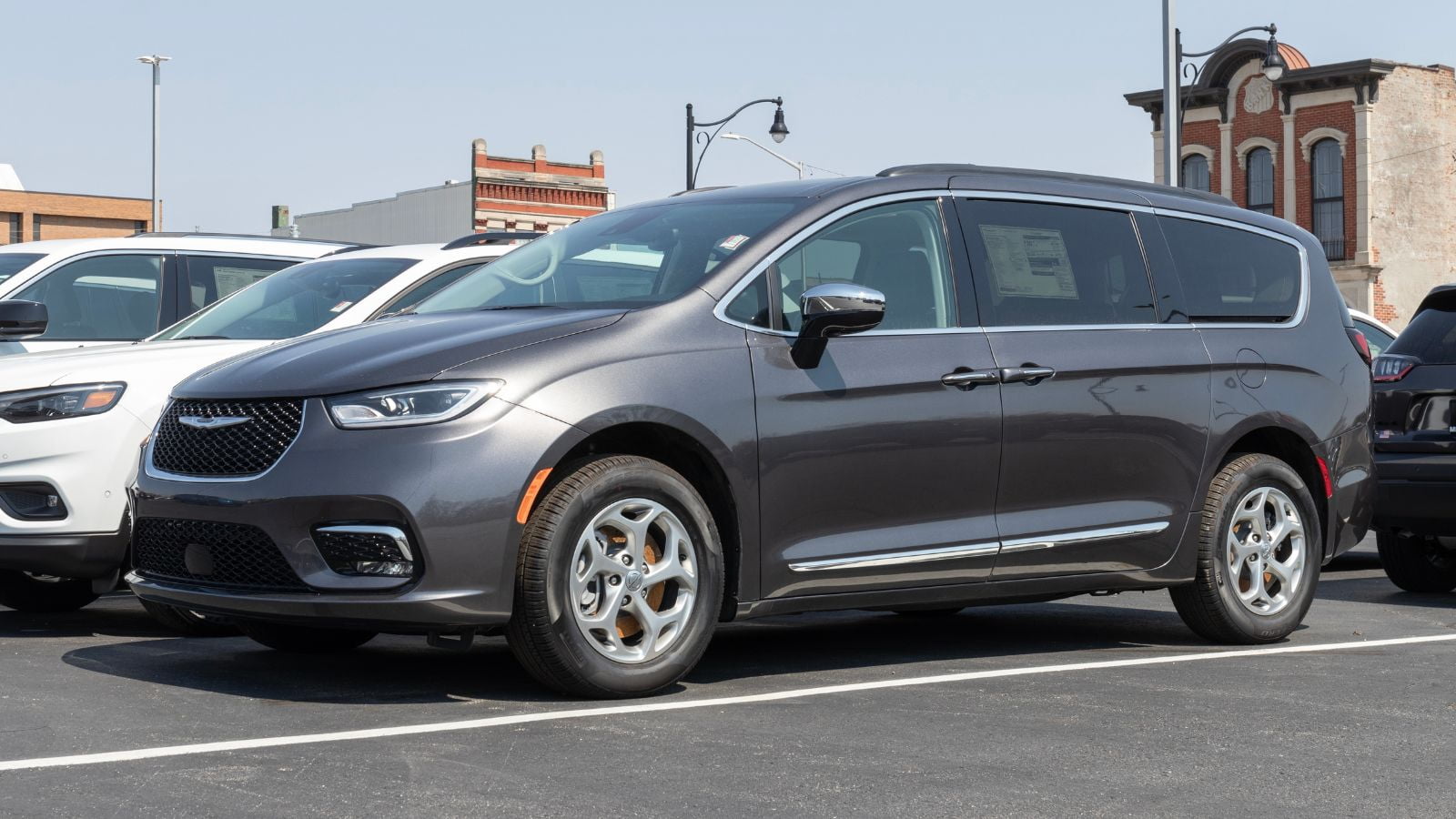
Introduced in 2017, the Chrysler Pacifica minivan has a 3.6L V6 or a hybrid powertrain and can reach 0-60 mph in 7.3 seconds. It has plenty of room with Stow ‘n Go seating, a Uconnect Theater system, and tri-zone climate control. However, its minivan reputation and Chrysler’s declining image led it to lose almost 55% of its value after five years. Its declining minivan market makes reselling difficult and repeated recalls and reliability issues further lower its desirability.
Volvo S90
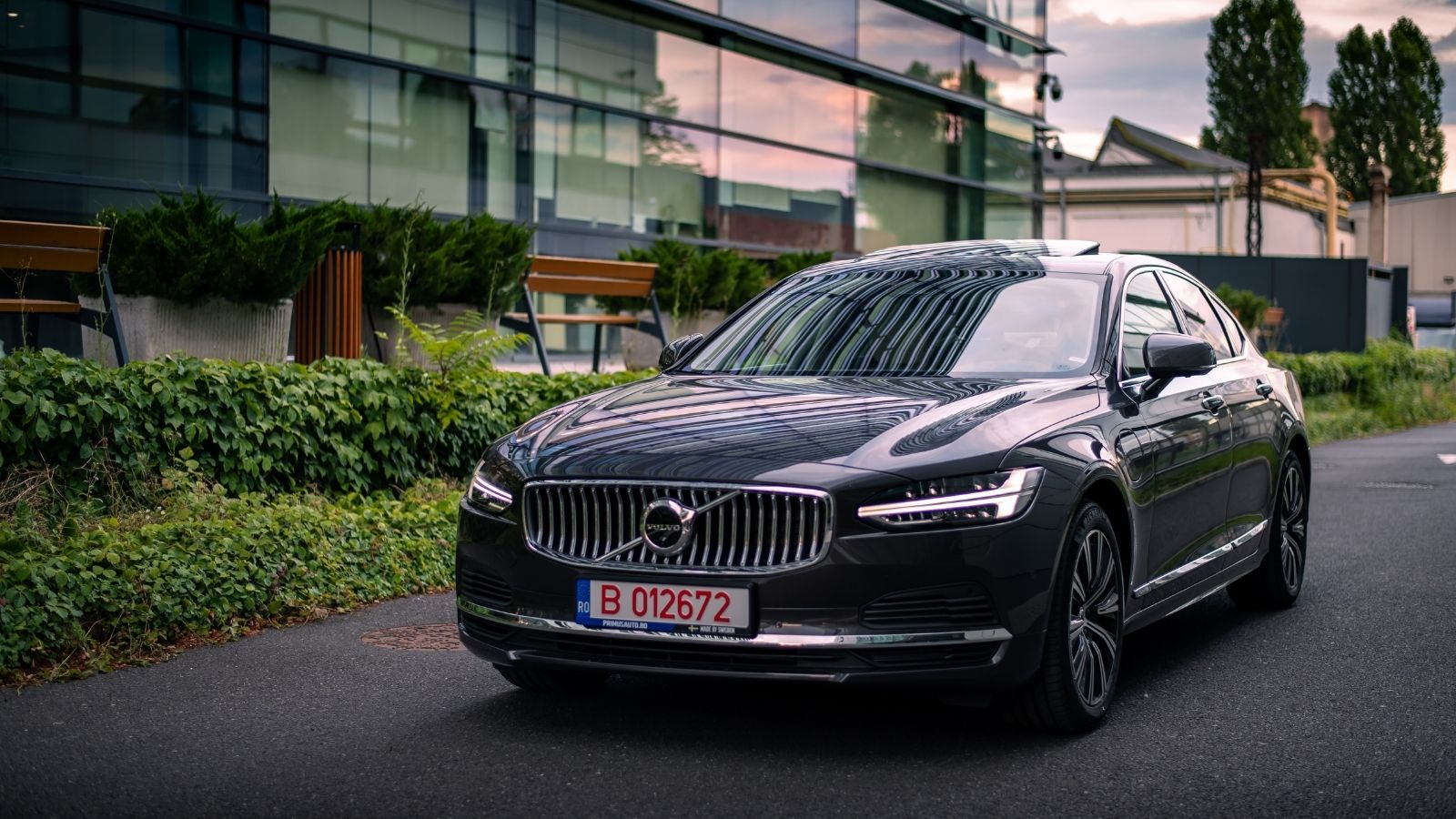
Debuted in 2016, the Volvo S90 is driven by a 2.0L supercharged and turbocharged inline 4. It achieves 0-60 mph in 6.1 seconds. The interior features Nappa leather seats, a 9-inch Sensus touchscreen, and real wood trim, but Volvo’s lower North American sales translate to more than 54% depreciation in five years. Restricted dealership networks make maintenance a hassle for second-hand customers. Its plain styling fails to match the glamour of more flamboyant luxury sedans.
Nissan Titan
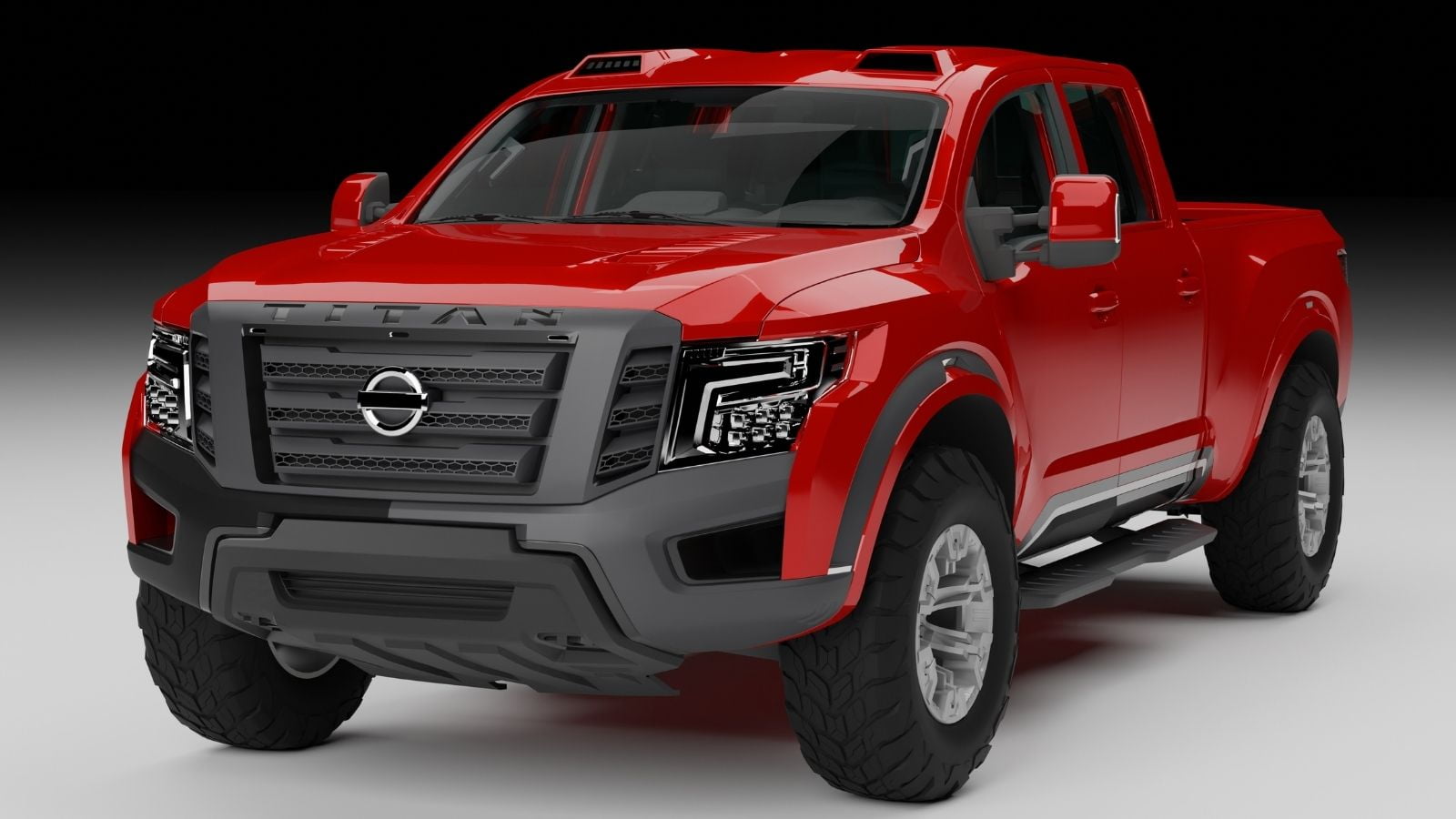
Initially launched in 2003 and redone in 2016, the Nissan Titan has a 5.6L V8, which produces 400 horsepower and achieves 0-60 mph in 6.7 seconds. The cabin has leather-appointed seating, an 8-inch infotainment screen, and dual-zone climate control, but modest consumer demand results in it depreciating more than 56% of its value in five years. Its absence of innovation causes it to fall behind domestic truck leaders, while Nissan’s minimal presence in the full-size truck segment also diminishes its resale value.
Maserati Ghibli
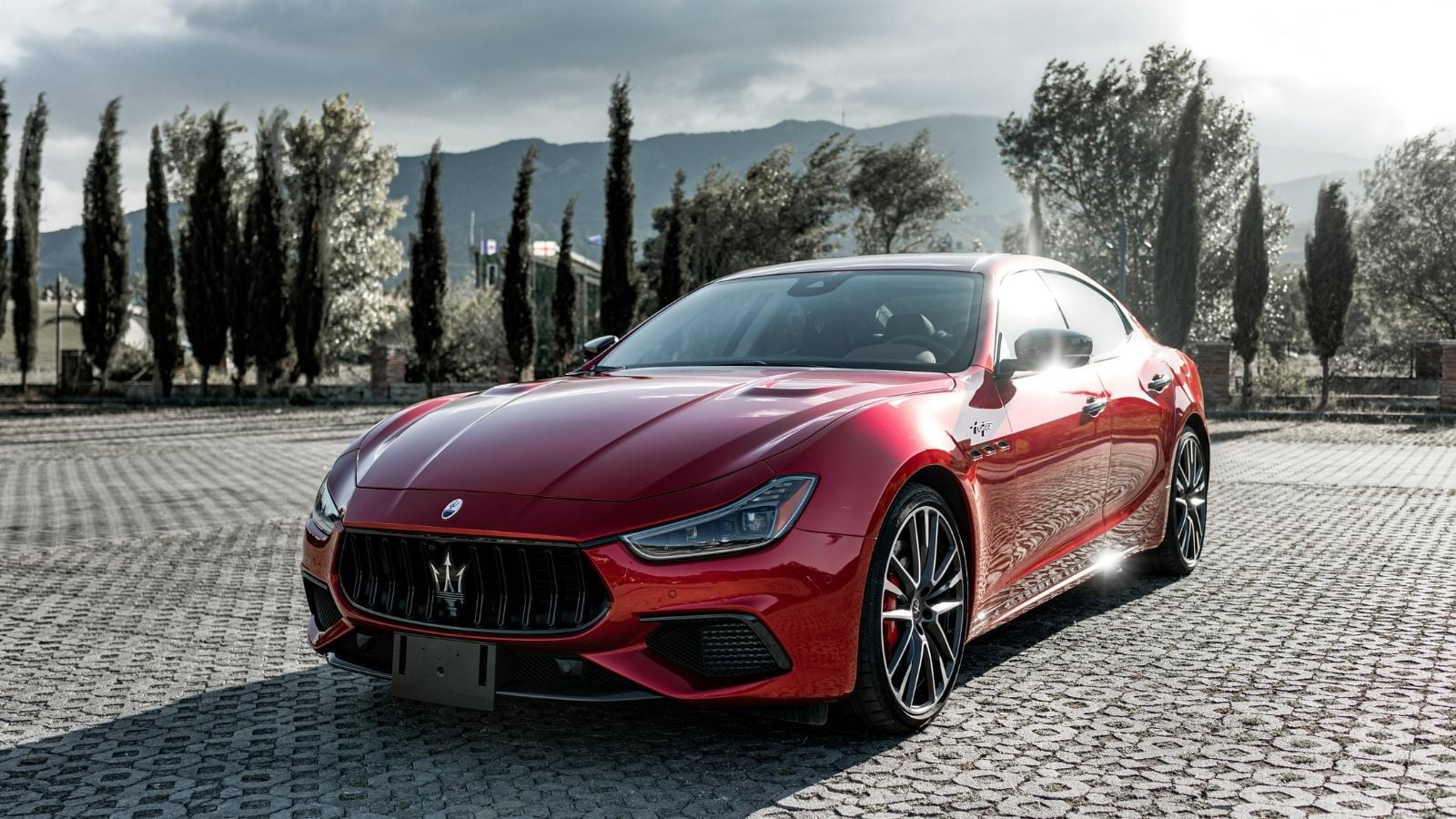
The Maserati Ghibli has a 3.0L twin-turbo V6 and can accelerate from 0 to 60 mph in 4.7 seconds. Its interior screams luxury with Poltrona Frau leather, open-pore wood, and an 8.4-inch screen, but outlandish repair bills and poor dealer networks led to the Ghibli’s depreciation of more than 58% in just five years. Poor electronics and sophisticated repairs make it a used buy to avoid, and its exotic charm fades when faced with more practical and reliable luxury alternatives.
18 Budget-Friendly Electric Cars That Last Longer Than Their Loans — Economical Electrics
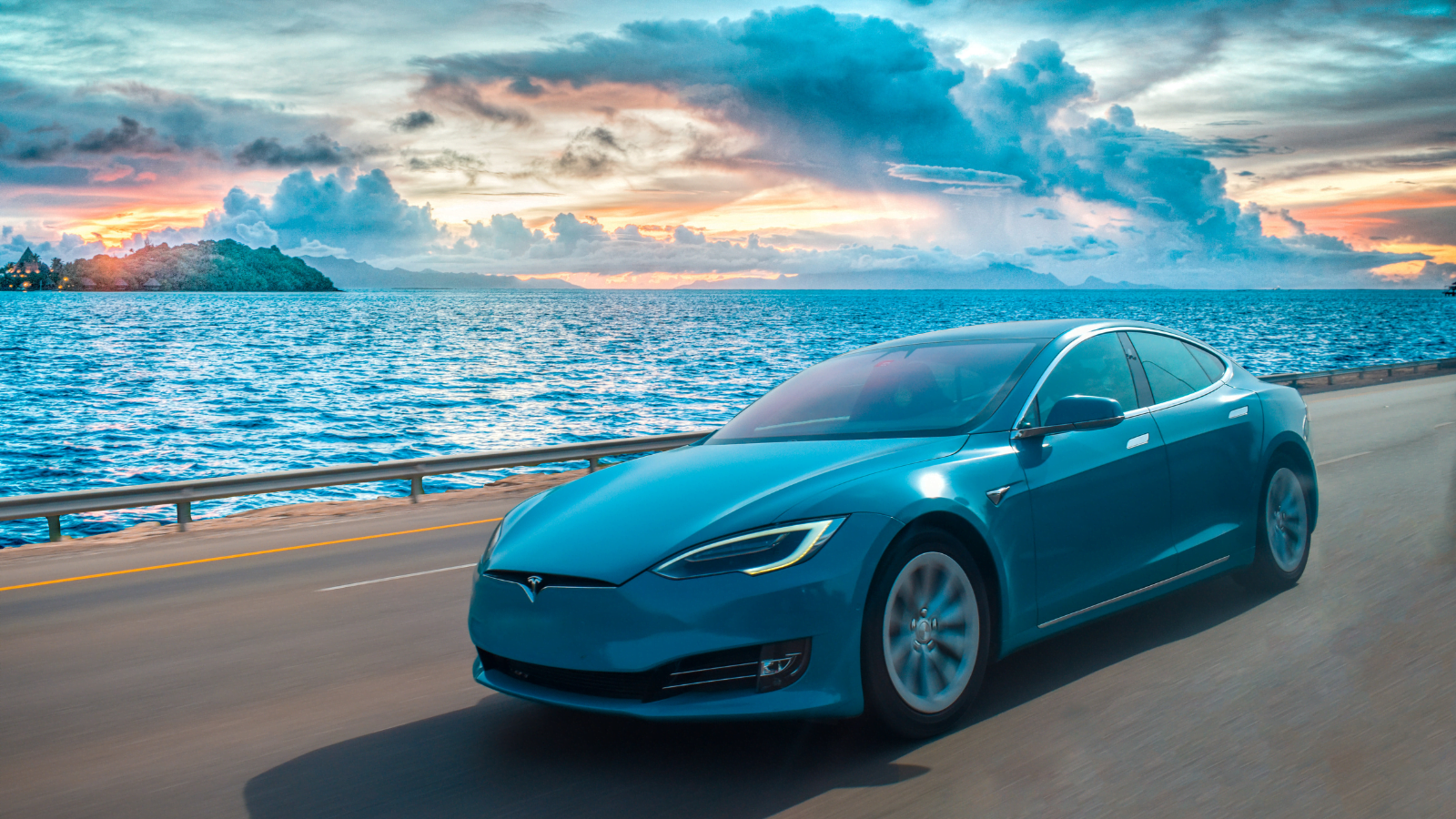
Electric vehicles are no longer a luxury for the elite—they’re a smart investment for the everyday driver. With manufacturers stepping up to the plate, affordable EVs now deliver on reliability, range, and modern comforts. Here’s a look at 18 economical electric cars engineered to outlast their payment plans.
18 Budget-Friendly Electric Cars That Last Longer Than Their Loans — Economical Electrics
